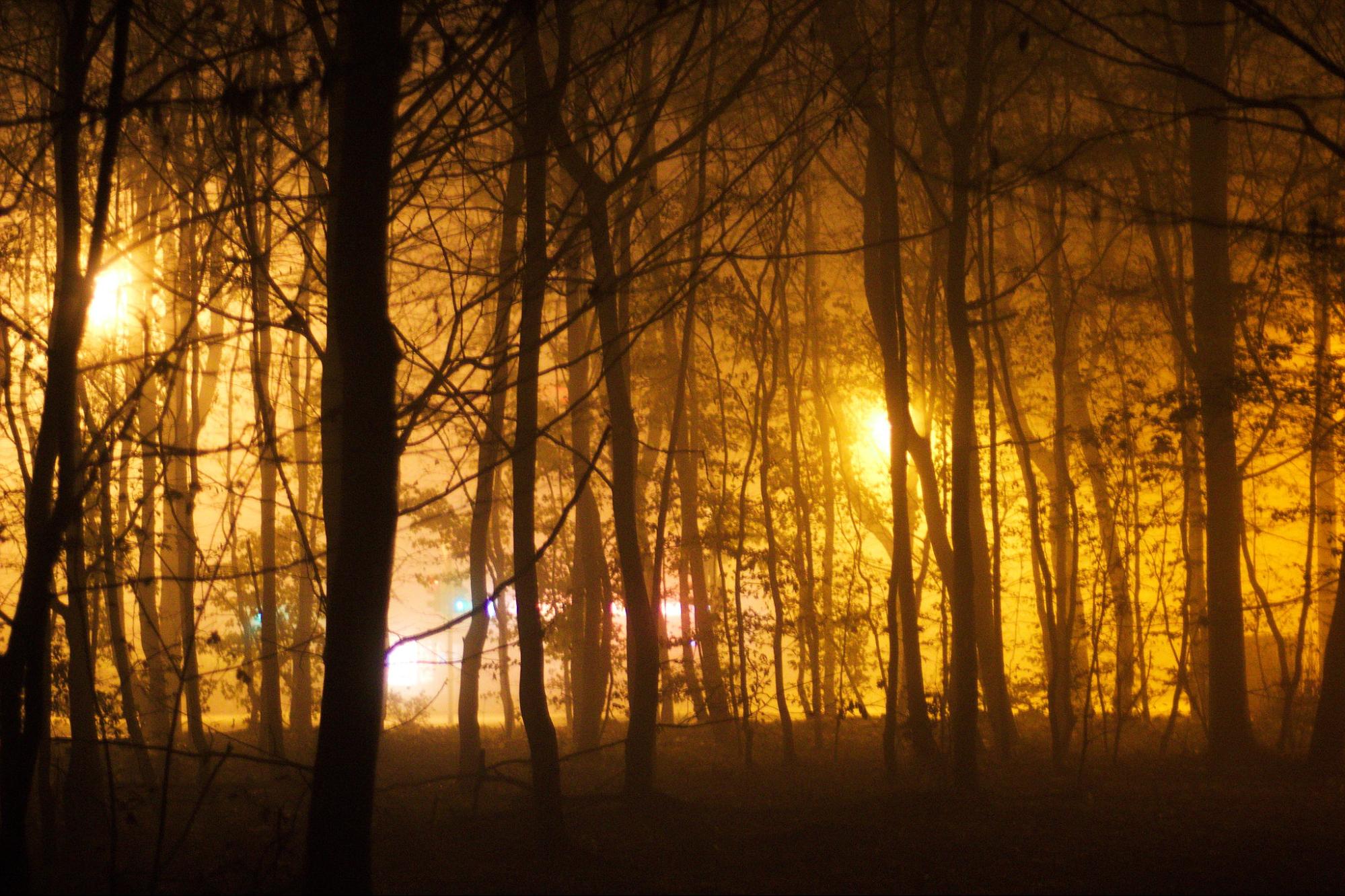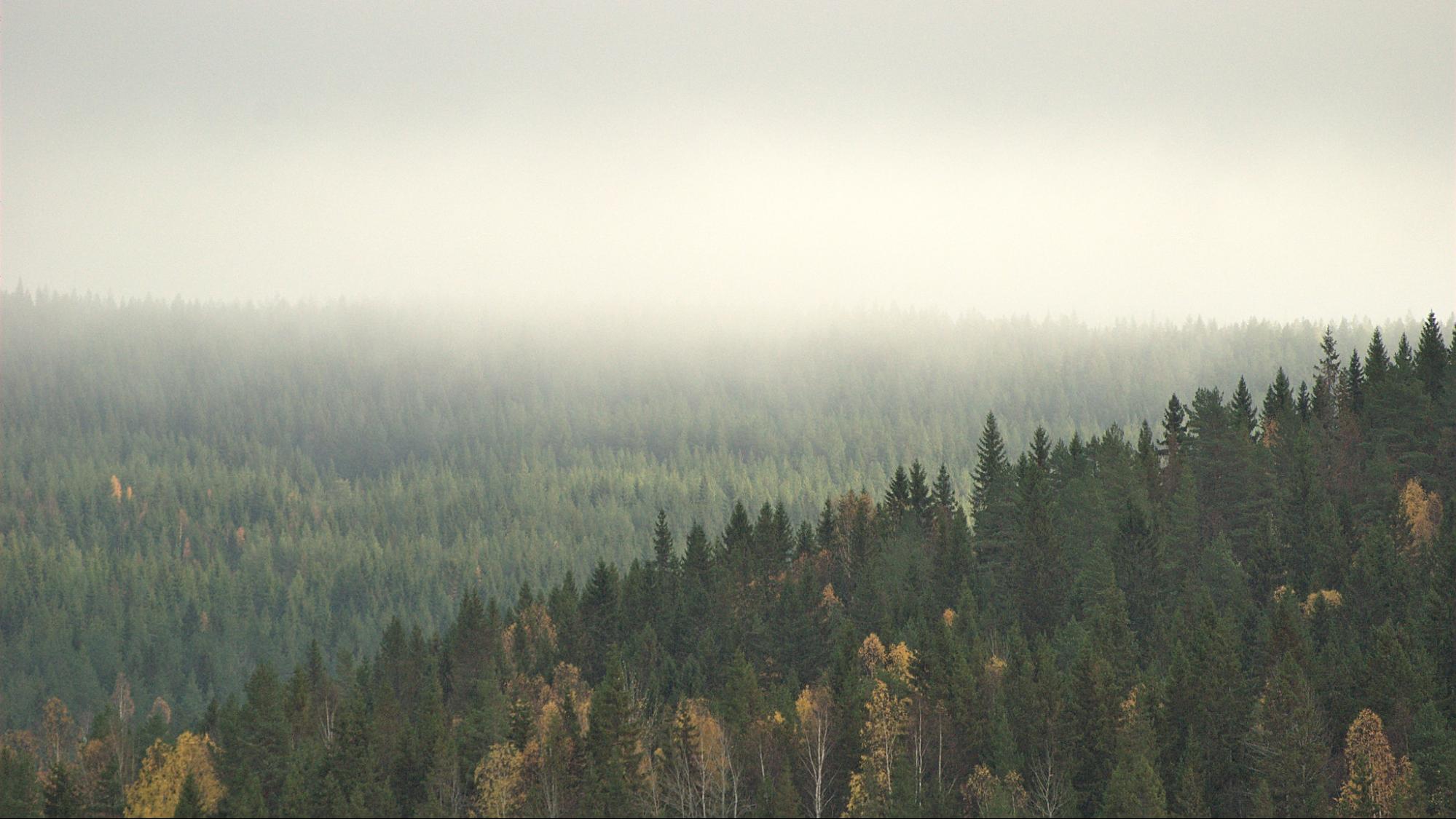
Save Arizona’s oldest trees

In the Kaibab National Forest, the Forest Service has proposed the Burnt Corral Vegetation Management Project, a plan to thin 30,000 acres of forest just north of Grand Canyon National Park. Half of the proposed project area is occupied by large, mature trees. According to the Forest Service, the project will improve the health, vigor, and climate change resilience of the Kaibab National Forest.
Let’s dive in to understand the impacts of this proposed logging.
This area of the Kaibab National Forest is home to some of the most extensive tracts of old-growth forest left in the American Southwest. Many animal species, including pronghorn antelopes, tassel-eared squirrels, and black bears, call it home. The nesting and survival of Northern goshawks depend on dense pine canopies, jeopardized directly by the logging of this forest.
According to the project’s environmental assessment, most old growth trees will not be logged. But there are exceptions which fail to provide protection for mature trees. The Forest Service plans says that old trees may be cut in “large contiguous areas that have not been impacted by timber harvest,” implying that trees that have survived for over a century without being loggied are at risk now from logging.
Additionally, there is an exception to leaving older trees standing where severe wildfire is predicted. Mature trees actually are generally more fire resistant than younger trees due to the thickness of their bark. Even after a fire, they retain most of their stored carbon. In a 2022 study, researchers determined that carbon emissions are higher when mature trees are harvested as a protective measure, compared to a wildfire event. So logging older trees is unlikely to prevent fire spreading.
The Burnt Corral Vegetation Management Project aims to improve the climate change and wildfire resilience of the Kaibab National Forest, but removing mature trees may undermine their ability to achieve this goal. If the goal is truly to foster climate resilience, the plan should be focused on removing shrubs and other vegetation that might serve as fuel. Shrubs don’t offer the same climate benefits that mature trees do.
The Burnt Corral Vegetation Management Project will not provide the environmental resistance that the Forest Service is going for. The plan should be revised to ensure the protection of mature and old growth trees.
Topics
Authors
Ellen Montgomery
Director, Public Lands Campaign, Environment America
Ellen runs campaigns to protect America's beautiful places, from local beachfronts to remote mountain peaks. Prior to her current role, Ellen worked as the organizing director for Environment America’s Climate Defenders campaign. Ellen lives in Denver, where she likes to hike in Colorado's mountains.
Aria Kischner
Preserve our forests intern
Find Out More

The rise of sustainable guitars: How an industry is innovating to save our forests

21,622 Americans call on The Home Depot to protect our forests

What are Scope 3 emissions?

